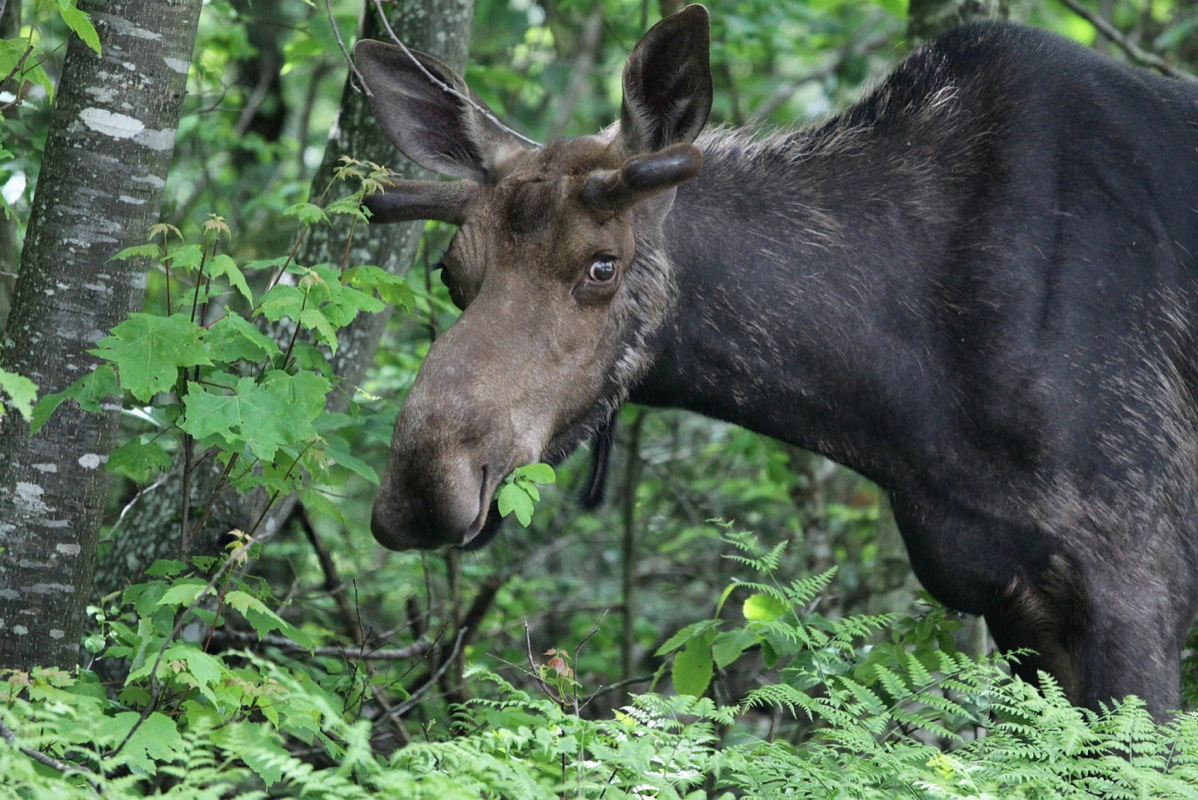You’ve heard them before – lakes, ponds, marsh, slough, swamp, muskeg, bog, and the list goes on. These words all describe wetlands. But do you know the difference? Can we use these words interchangeably?
Welcome to our blog series featuring the different types of wetlands found in Alberta. In each post we’ll profile a different type of wetland complete with facts and photos! Before I introduce you to my favourite wetland class, perhaps I’d better remind you what a wetland is! A wetland is any area of land that stays wet long enough that specialized plant communities and soil types form. That means that wetlands don’t have to contain water all of the time, only for the right amount of time to make wetland soils and attract wetland plants.
Now lets get back to my favourite topic; the most misunderstood, dark and mysterious of wetland classes – the swamp.

Simply put, a swamp is a wetland occurring on mineral soil (not organic soils like peat), that has abundant trees or shrubs growing inside it. That’s it – easy to remember and not even a little bit scary! In the Prairie-Parkland region of the province, particularly in and around the Beaverhills Biosphere Reserve, swamps are abundant! They are visible from roadsides, where trees and shrubs surround areas of open water and they can be hidden amongst a forest, where you can happen upon a low, wet spot while on a hike.

In the past, many farmers have thought it a good idea to drain swamps to increase the amount of area on which they can grow their crops to provide the rest of us with food to eat. Some research shows that this might not be as good of an idea financially as we might think.
From an ecological perspective, swamps are important because they provide habitat diversity across the landscape which is important for wildlife, including many birds, mammals, amphibians, snakes, and insects. Moose in particular enjoy a good swamp.

Swamps can look different depending on the dominant tree or shrub type and/or the amount of standing water but remember, a tree or shrub covered wetland is a swamp! More information on swamps can be found in the Alberta Wetland Classification System.

DID YOU KNOW – SWAMPS
- Swamps act as sponges on the landscape by absorbing and holding water in times of flood or heavy rain events
- Swamps are found on all continents, except Antarctica
- Abundant willows are often a good indication that you’ve found a swamp; but be careful, there are lots of species of willow, and not all of them prefer wet conditions.
- Even though they don’t always contain surface water, swamps are wetlands and actions that impact them require an impact assessment and Water Act approval






